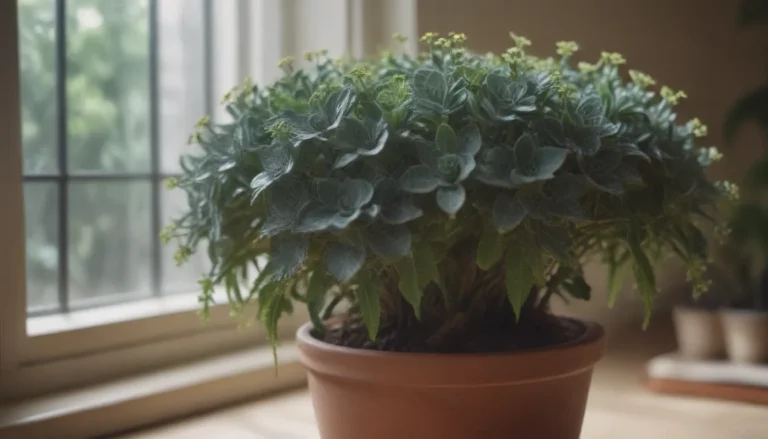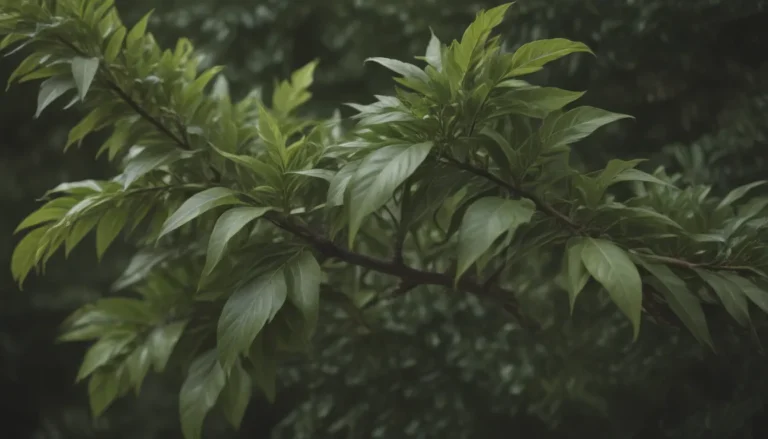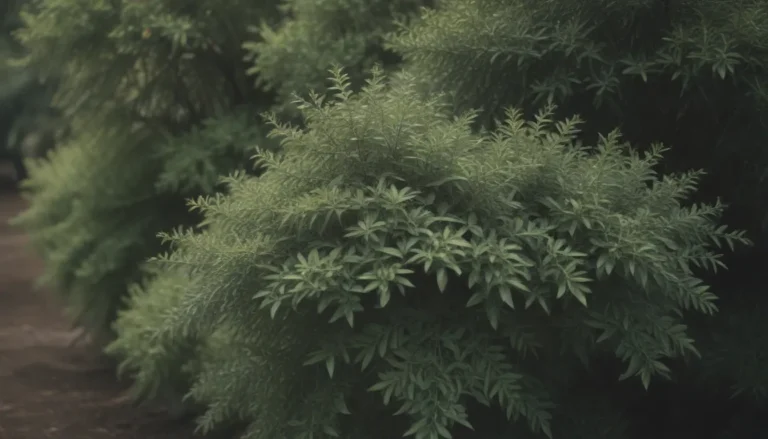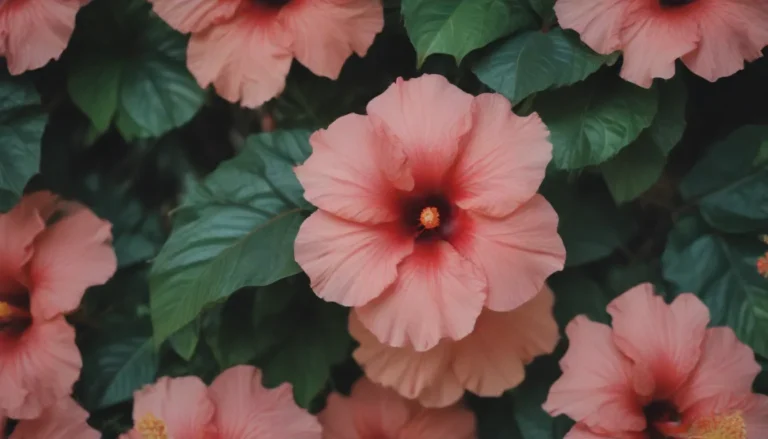The Ultimate Guide to Growing and Caring for Rubber Plants Indoors

Rubber plants, also known as Ficus elastica, have gained popularity as houseplants due to their stunning emerald-green leaves and rapid growth. These tropical plants can reach impressive heights both in their natural habitat and indoors. With the right care and conditions, a rubber tree can thrive and grow up to six feet tall indoors within just a few years.
If you’re looking to add a rubber plant to your indoor garden, it’s important to understand the specific care requirements that these plants need to flourish. While they may be a bit finicky about their environment, providing adequate light, warmth, and humidity can help ensure your rubber plant thrives. In this comprehensive guide, we’ll walk you through everything you need to know to successfully grow and care for a rubber plant indoors.
Can You Grow Rubber Trees Indoors?
Rubber plants are known for being hardy, but they do have specific care requirements that need to be met for optimal growth. Varieties like Ficus elastica ‘Tineke’, Ficus elastica ‘Burgundy’, and Ficus elastica ‘Robusta’ are popular choices for indoor growing due to their ability to thrive in the right conditions. These plants require ample light, well-draining soil, and regular feeding to support their rapid growth.
How to Grow Rubber Trees Indoors
Growing rubber trees indoors can be a bit more challenging compared to outdoor cultivation, especially in cooler climates where light may be limited. However, with the right care, your rubber plant can thrive and reach its full potential. Here are some essential tips for growing rubber trees indoors:
Sunlight
- Rubber plants require at least six to eight hours of bright, indirect light each day.
- Place your plant in an east-facing window or a few feet away from a south or west-facing window.
- Avoid direct afternoon sunlight, as it can scorch the leaves and hinder growth.
- Rotate your plant once a month to ensure even growth and prevent legginess.
Temperature and Humidity
- Maintain moderate to warm temperatures between 65°F and 85°F for optimal growth.
- Aim for a humidity level between 40% and 50%, especially in dry indoor environments.
- Consider using a humidifier or grouping your rubber plant with other houseplants to create a more humid microclimate.
- Protect your plant from cold drafts and temperatures below 50°F, which can cause damage to the leaves.
Watering
- Keep your rubber plant consistently moist but not waterlogged.
- Check the top few inches of soil with your finger and water when it feels dry.
- Adjust your watering frequency based on the plant’s growth rate and the season.
- Be cautious of overwatering, as rubber plants are sensitive to soggy soil conditions.
Fertilizer
- Feed your rubber plant with a balanced liquid houseplant fertilizer every two weeks during the growing season.
- Dilute the fertilizer to half strength to prevent nutrient buildup.
- Adjust the feeding frequency based on the plant’s light exposure and growth rate.
- Start fertilizing when new growth appears in spring and stop in the fall as growth slows.
Pruning and Maintenance
- Regular pruning can help control the height of your rubber plant.
- Trim back overgrown branches at the start of the growing season in spring.
- Support tall plants with a stake to maintain an upright position.
- Keep the leaves clean by gently wiping them with a damp cloth to enhance their shine.
Container and Soil Requirements
When choosing a container for your rubber plant, opt for one with drainage holes to prevent waterlogging. Use a pot that is deeper than it is wide and only slightly larger than the plant’s root ball to promote healthy growth. Plastic, ceramic, or terra cotta pots are suitable options for growing rubber plants.
For potting soil, select a fast-draining mix designed for houseplants, incorporating materials like perlite and peat moss for moisture retention. Adding orchid bark to the mix can enhance drainage and create a favorable growing environment for your rubber plant.
Potting and Repotting
Rubber plants have a tendency to outgrow their pots quickly, so they may require repotting annually until they reach the desired height. Look for signs of root crowding, such as roots poking out of the drainage holes or circling the soil surface, as indicators that your plant needs a larger container. When repotting, choose a pot that is only slightly larger than the current one to prevent overpotting.
Moving Rubber Plants Outdoors for the Summer
During the warmer months, consider moving your rubber plant outdoors to benefit from increased sunlight and fresh air. Gradually acclimate your plant to outdoor conditions by starting in a shaded spot and gradually exposing it to indirect light. Monitor the plant for signs of stress and adjust its placement as needed to prevent damage from intense sunlight.
Additional Considerations
- Repot your plant before transitioning it outdoors and wait until evening temperatures are consistently above 50°F.
- Provide extra water and shade if temperatures exceed 90°F to prevent heat stress.
- Increase watering frequency to accommodate the plant’s higher light exposure and growth rate.
- Bring your rubber plant back indoors before nighttime temperatures drop near 50°F in the fall to prevent cold damage.
Bringing Rubber Plants Back Indoors
When transitioning your rubber plant back indoors after the summer, take preventive measures to ensure a smooth adjustment. Check the foliage for pests and rinse the plant thoroughly to remove any unwanted critters. Place your plant in a well-lit area away from direct sunlight and provide adequate humidity to maintain its health and vigor.
A thriving rubber plant is characterized by glossy, deep green leaves and vigorous growth. While misting is unnecessary, occasional wiping of the leaves with a damp cloth can help remove dust and enhance the plant’s appearance. Maintain a humidity level of 40-50% to support optimal growth and overall health.
In conclusion, growing and caring for rubber plants indoors can be a rewarding experience with the right knowledge and attention to detail. By providing adequate light, water, and nutrients, you can enjoy the beauty of lush, vibrant foliage in your home. Remember to tailor your care routine to meet the specific needs of your rubber plant and enjoy watching it thrive and flourish in your indoor garden.





